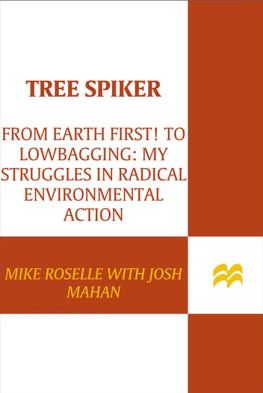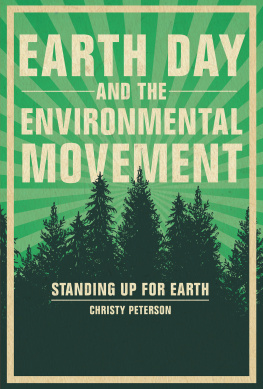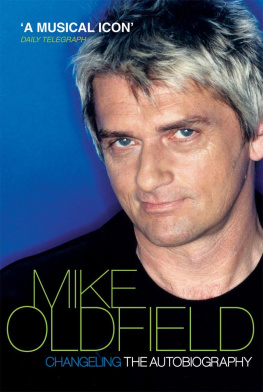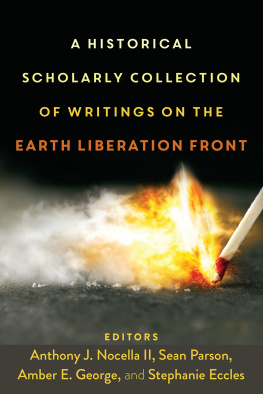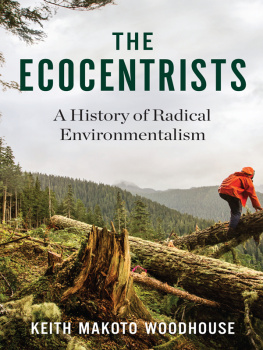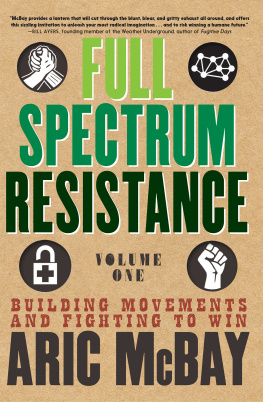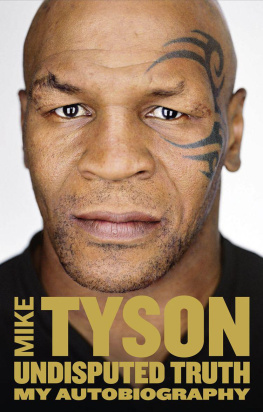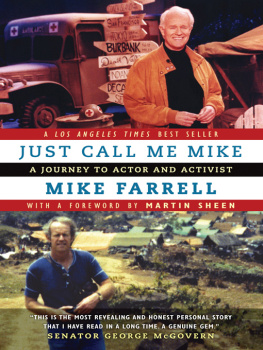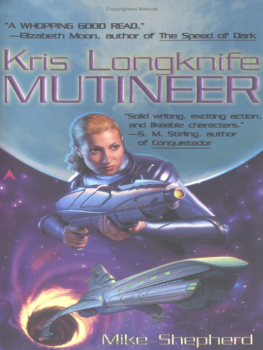TREE SPIKER
TREE SPIKER
From Earth First! to Lowbagging:
My Struggles in Radical
Environmental Action
MIKE ROSELLE
with Josh Mahan

TREE SPIKER. Copyright 2009 by Mike Roselle. Foreword copyright 2009 by Roderick Nash. All rights reserved. Printed in the United States of America. For information, address St. Martins Press, 175 Fifth Avenue, New York, N.Y. 10010.
www.stmartins.com
Book design by Phil Mazzone
Library of Congress Cataloging-in-Publication Data
Roselle, Mike.
Tree spiker : from Earth First! to lowbagging: my struggles in radical environmental action / Mike Roselle with Josh Mahan.
p. cm.
ISBN 978-0-312-55619-8
1. Deep ecology. 2. Environmentalism. 3. Environmental protection. 4. Conservation of natural resources. 5. Earth First! (Organization)
I. Mahan, Josh. II. Title.
GE195.R67 2009
333.72dc22
2009016937
First Edition: October 2009
10 9 8 7 6 5 4 3 2 1
For Delores Ann
Contents
Foreword by Dr. Roderick Nash:
Radicalism in American Environmental History
Acknowledgments
The decision to write a book should never be taken too seriously. Josh Mahan and I made the decision while running the whitewater rapids on the Main Salmon River in Idahos River of No Return Wilderness. The words here are mostly mine, but I never could have produced a book without Joshs help. Using his incredible skills to intimidate and shame me, he kept me working when I would otherwise be slacking off. He also pushed for the precision and accuracy in this text that his trade as a journalist demands.
No book could do justice to the brave women and men in whose company I have had the honor of serving. This book is not an attempt to fully document the movement with which I am so proud to be involved. Many important events and people go unmentioned for no particular reason other than lack of space and a faulty memory. Think of this work as more of a series of campfire tales and late-night bar talk. Someday the full story will be told, and it will undoubtedly be even weirder than the one you are about to read here.
I would especially like to thank Adam Chromy of Artists and Artisans. Without his advice and encouragement, this book would have never been written. Also, my gratitude goes out to Phil Knight, Howie Wolke, and Jake Kreilick, who previewed sections of the manuscript. Thanks to J. R., Twilly, and Gruver for just being there, and to Wayne Fairchild and the entire Lewis and Clark Trail Adventures family, who made sure I got away from the computer and out into the wilderness once in a while. Also to Pam Wellner, Tracy Katelman, and Atosa Soltani, who provided valuable research and camaraderie for over two decades as part of the Rainforest Action Networks forest action team. And to Karen Pickett, Claire Greensfelder, Kristin Nelson, Meglana Lubenova, Sarah Perry, and Laura Caskey for putting up with me through thick and thin.
In addition, I would like to thank Allen Gunn for providing crucial technical support to Josh and me to get the Web site Lowbagger.org off the ground. The writings on that site eventually led to this book.
Id also like to thank Jim Flynn, Lauren Reagan, Steve Marsden, Andy Kerr, Celia Landman, Celia Alerio, Joe Hickey, Jasper Carleton, and Peter Bahouth for their tireless efforts in standing up to the government agencies and corporations who illegally plunder this planet for short-term gain.
Foreword
Radicalism in American Environmental History
By Dr. Roderick Nash
Roderick Frazier Nash is Professor Emeritus of History and Environmental Studies at the University of California Santa Barbara. He is recognized as a creator of the field of environmental history and the author of Wilderness and the American Mind (2001) and The Rights of Nature: A History of Environmental Ethics (1989).
W riting in 1787, as his new nation took shape, Benjamin Rush observed that the American war is over: but this is far from being the case with the American revolution. On the contrary, nothing but the first act of the great drama is closed. The second act might be thought of as the abolition of slavery; subsequent ones addressed the rights of women, native people, and the gay community. Freedom was as American as apple pie, and oppressed minorities did relatively well under the democratic New World sun. This book describes the beginnings of the most recent wave of reform, which advocated extending ethical standing to the nonhuman world, including endangered species and even rivers and forests. In the minds of these reformers, the natural rights idea needed to be expanded once again: this time the objective was the rights of nature.
The environmental movement that a young Mike Roselle entered in the early 1970s took place in an exciting historical context. The pent-up materialism lingering in the United States from the 1930s Depression and World War II had faded. To the beat of a different kind of music known as rock and roll, a new generation started to question basic American axioms. A major one concerned the status of nature in our civilization. Spearheaded by Rachel Carson (Silent Spring, 1962), Paul Ehrlich (The Population Bomb, 1968), and the rediscovery of Aldo Leopolds A Sand County Almanac (1949), awareness spread that growth was not synonymous with progress and that an expanding technological civilization was, in fact, tearing apart the fabric of the ecosystem. A remarkable series of laws gave the nation a system of dedicated wilderness areas (1964), banned dams in the Grand Canyon (1968), and protected endangered species (1973). Meanwhile, astronauts circled the moon and brought back images of a tiny, vulnerable spaceship earth.
The people featured in Mikes account were driven by a sense of moral outrage at their species relationship to the natural world. Sure, Theodore Roosevelt was angry about the frontier-inspired wastefulness of wildlife and forests, and his 1908 proposal of conservation launched a political crusade. And John Muir believed the 1913 approval of a dam in Yosemite National Parks spectacular Hetch Hetchy Valley was an affront to both nature and God. But these protests were very anthropocentric and stopped with efforts to reform the destructive system. Environmental ethics raised the stakes and made reformers radicals and even revolutionaries. There was a taste of what was to come in Henry David Thoreaus 1849 declaration that if the machine of government is of such a nature that it requires you to be the agent of injustice to another, then, I say, break the law. Thoreau was, in writing this, concerned about a form of domination and exploitation called slavery, but he also believed the American treatment of wild nature was ethically wrong. Observing the effect of a New England dam on spawning shad, he declared himself on the side of the migratory fish and wondered if a crowbar was the proper tool for solving the problem. No doubt Thoreau would have been an enthusiastic reader of Edward Abbeys The Monkey Wrench Gang (1975) and joined Earth First! in its 1981 action against Glen Canyon Dam on the Colorado River.
The idea of wilderness is central in understanding the new priorities of Mike Roselle and the Lowbaggers. For much of American history, there was too much wilderness for appreciation to flourish. Wildness was an enemy. The pioneer purpose was to break the will of self-willed (or wild) environments and peoples. Axes, rifles, and barbed wireand more recently, railroads, dams, and freewayswere the celebrated tools of an environmental transformation that left the wilderness in scattered remnants. But this very fact, symbolized by the ending of the frontier in 1890, carried with it the seeds of changing attitude. Maybe what really needed to be conquered was not the wilderness but rather our technological, capitalistic culture in its cancerlike tendency to self-destruct. Initially, the rationale for wilderness protection was almost entirely anthropocentric. Scenery, recreation, and the economics of a new nature-based tourism underlay the growing popularity of national parks and wilderness areas. Anthropocentrism and instrumentalism ruled. What set Mike apart from this was his understanding that wild places and wild things had intrinsic value, that their protection was not about
Next page
